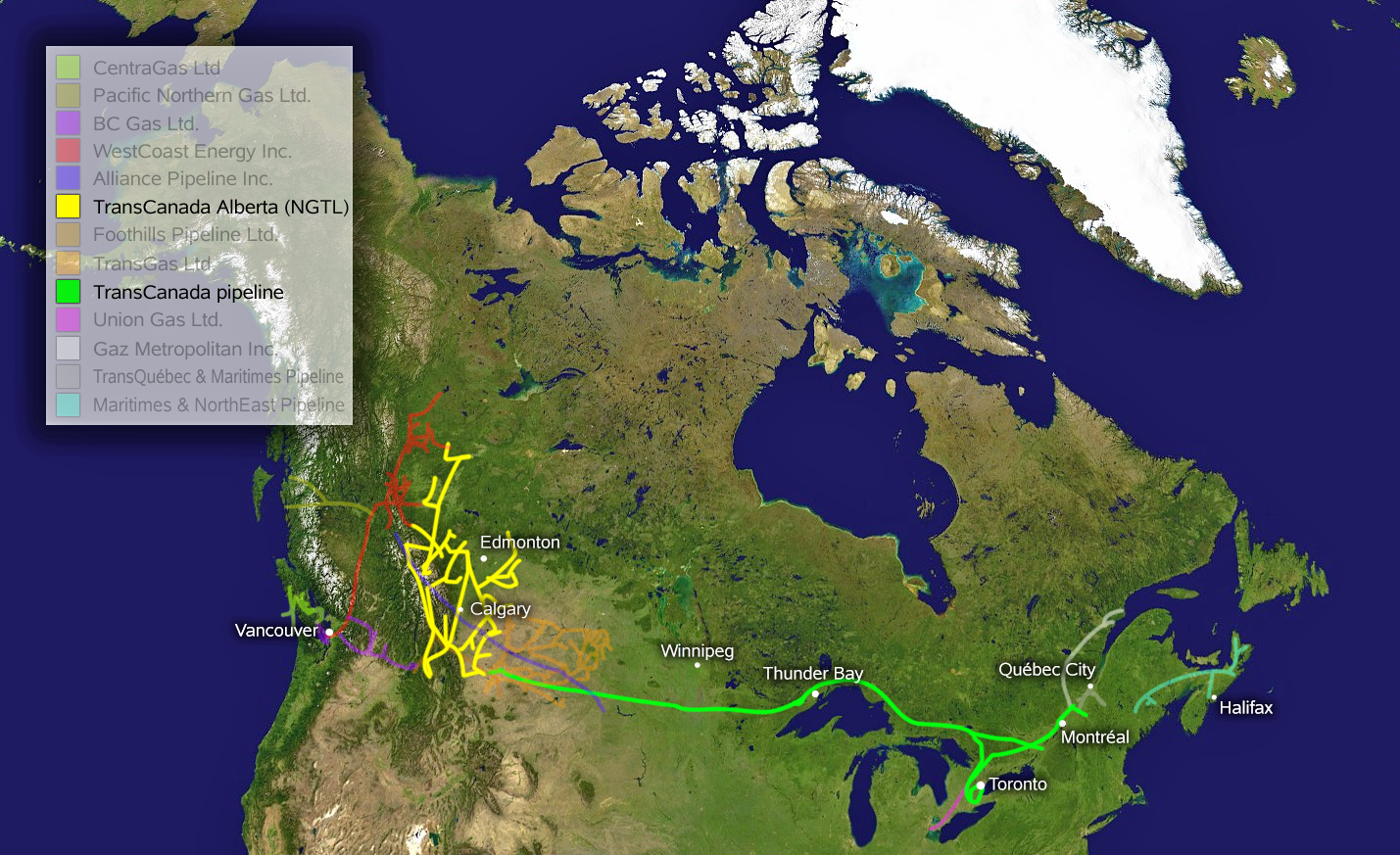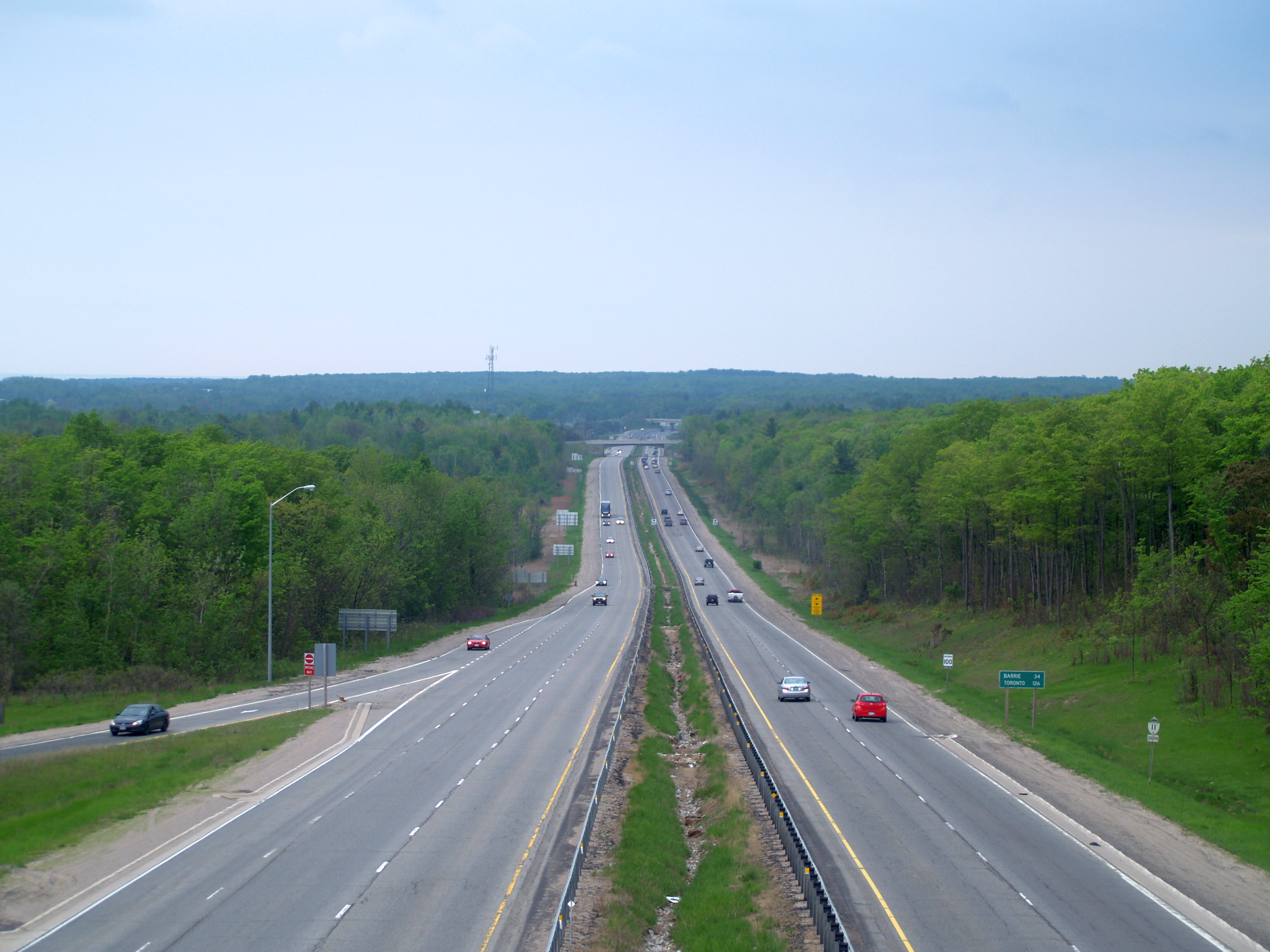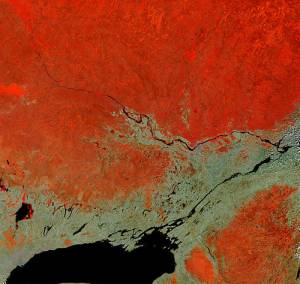|
Rib Lake (Ontario)
Rib Lake is a long and narrow lake in the Town of Latchford and in the Municipality of Temagami in Northeastern Ontario, Canada, located about southeast of the centre of the community of Latchford and northeast of the community of Temagami North. The lake is in the Ottawa River drainage basin and is the main access for canoeists en route to Rib Mountain. The lake was originally called ''Gitchiway-Pigigonaysing'' by the Teme-Augama Anishnabai, meaning ''Big Rib Lake''. Geography The lake is about long north to south and wide east to west. With the exception of the very southern tip, the lake is in the South Part of geographic Gillies Limit Township in Timiskaming District, today part of the town of Latchford; the southern tip is in geographic Best Township in Nipissing District, today part of the municipality of Temagami. There are ten creek inflows: one at the north end of the lake from Johnson Lake; four on the east side, from an unnamed pond, Roosevelt Lake, Cliff Lake an ... [...More Info...] [...Related Items...] OR: [Wikipedia] [Google] [Baidu] |
Latchford, Ontario
Latchford is a Single-tier municipality town in Timiskaming District in Northeastern Ontario, Canada. It is located on Bay Lake on the Montreal River near the town of Cobalt and the municipality of Temagami and is 20 kilometres (13 miles) from the city of Temiskaming Shores. The population of the town in the Canada 2011 Census was 387, which makes it the smallest town by population in Ontario. The town's slogan is "The Best Little Town by a Dam Site!" History Latchford was first settled in 1902 when the decision to build the Temiskaming and Northern Ontario Railway (now the Ontario Northland Railway) was struck. It was decided the railway would cross the Montreal River at the location of what is today Latchford, and a bridge was finished in 1904. Hence, the settlement was known first as Montreal River Station. It was renamed Latchford in 1905 in honour of the provincial commissioner of public works, Francis Robert Latchford, and was incorporated as a town on July 15, 1907. A dam ... [...More Info...] [...Related Items...] OR: [Wikipedia] [Google] [Baidu] |
Best Township, Ontario
Best Township is a geographic township comprising a portion of the municipality of Temagami in Nipissing District, Northeastern Ontario, Canada. It is used for geographic purposes, such as land surveying and natural resource explorations. Neighbouring geographic townships include Gillies Limited Township to the north, Banting Township to the west, Chambers Township to the southwest, and Strathy and Cassels townships to the south. Localities * Rib Lake * James Lake *Northland Pyrite Mine The Northland Pyrite Mine, also known as James Lake Mine, Rib Lake Mine, Harris Mine or simply Northland Mine, is an abandoned underground mine in Northeastern Ontario, Canada, located on the southwestern shore of James Lake in Best Township of ... Notes References * * * Townships of Temagami {{NorthernOntario-geo-stub ... [...More Info...] [...Related Items...] OR: [Wikipedia] [Google] [Baidu] |
Lakes Of Temagami
There are more than 200 named lakes located partially or entirely within the Municipality of Temagami, Northeastern Ontario, Canada. They are located in all 25 geographic townships comprising this municipality. The largest, by both area and volume, is Lake Temagami. It contains more than 1,200 islands and of shoreline. Other significant lakes include Cross Lake, Gull Lake, Net Lake, Obabika Lake and Rabbit Lake. Temagami's lakes are situated in two watersheds. To the east, the Ottawa River basin drains lake water via the Matabitchuan River, which flows into Lake Timiskaming then enters the Ottawa River. The Great Lakes Basin to the west drains lake water via the Sturgeon River which flows into Lake Nipissing then enters the French River, eventually reaching Georgian Bay of Lake Huron. The lakes are a main source of tourism and recreational activity in the Municipality of Temagami. This includes camping, canoeing, fishing, cottaging and youth camps (e.g. Keew ... [...More Info...] [...Related Items...] OR: [Wikipedia] [Google] [Baidu] |
TransCanada Pipeline
The TransCanada pipeline is a system of natural gas pipelines, up to in diameter, that carries gas through Alberta, Saskatchewan, Manitoba, Ontario and Quebec. It is maintained by TransCanada PipeLines, LP. It is the longest pipeline in Canada. Creation Canada's population was booming during the 1950s, and energy shortages were becoming problematic. Canadian company TransCanada PipeLines Ltd. was incorporated in 1951 to undertake the construction of a natural gas pipeline across Canada. The financing of the project was split 50–50 between American and Canadian interests. Two applicants originally expressed interest in moving gas east: Canadian Delhi Oil Company (now called TCPL) proposed moving gas to the major cities of eastern Canada by an all-Canadian route, while Western Pipelines wanted to stop at Winnipeg with a branch line south to sell into the mid-western United States. In 1954 C. D. Howe, a member of the Cabinet of Canada of a Liberal Government, forced the two co ... [...More Info...] [...Related Items...] OR: [Wikipedia] [Google] [Baidu] |
Frontier Route
This is a List of Ontario Tourist Routes throughout Ontario, the province, which are designated to highlight places of cultural, environmental, or social importance. It is currently unknown if the majority of these trails are still listed since many of the List of Ontario highways, provincial highways of Ontario were decommissioned in 1997 and 1998, as the Tourist Trails followed the provincial highways for the majority of their length, although many sections travel along county roads and municipal/local streets as well. Although many municipalities, cities, and counties still sign these tourist routes, others may have chosen to discontinue them with the highways they followed, rendering them as historical footnotes. African-Canadian Heritage Tour The African-Canadian Heritage Tour (ACHT) is a designated trail along several county road, county and city roads, and List of Ontario highways, provincial highways. The trail starts on Queen Street in the Sandwich, Ontario, Sandwich n ... [...More Info...] [...Related Items...] OR: [Wikipedia] [Google] [Baidu] |
Ontario Highway 11
King's Highway 11, commonly referred to as Highway 11, is a provincially maintained highway in the Canadian province of Ontario. At , it is the second longest highway in the province, following Highway 17. Highway11 begins at Highway 400 in Barrie, and arches through northern Ontario to the Ontario–Minnesota border at Rainy River via Thunder Bay; the road continues as Minnesota State Highway 72 across the Baudette–Rainy River International Bridge. North and west of North Bay (as well as for a short distance through Orillia), Highway11 forms part of the Trans-Canada Highway. The highway is also part of MOM's Way between Thunder Bay and Rainy River. The original section of Highway11 along Yonge Street was colloquially known as "Main Street Ontario", and was one of the first roads in what would later become Ontario. It was devised as an overland military route between York (Toronto) and Penetanguishene. Yonge Street serves as the east–west divide throughou ... [...More Info...] [...Related Items...] OR: [Wikipedia] [Google] [Baidu] |
Rib Lake, Ontario
Rib Lake is an unincorporated place and railway point in the town of Latchford, Timiskaming District, Northeastern Ontario, Canada. It is in geographic Gillies Limit Township and is located on the west shore of Rib Lake along the Ontario Northland Railway. Rib Lake was the location of a train station A train station, railway station, railroad station or depot is a railway facility where trains stop to load or unload passengers, freight or both. It generally consists of at least one platform, one track and a station building providing suc ... in the 1940s. References {{NorthernOntario-geo-stub Ontario Northland Railway points ... [...More Info...] [...Related Items...] OR: [Wikipedia] [Google] [Baidu] |
Ontario Northland Railway
The Ontario Northland Railway is a Canadian railway operated by the Ontario Northland Transportation Commission, a provincial Crown agency of the government of Ontario. Originally built to develop the Lake Timiskaming and Lake Nipissing areas, the railway soon became a major factor in the economic growth of the province. After decades of difficult construction through the Canadian Shield, workers reached James Bay in 1932. While blasting the route through the shield, geologists discovered deposits of valuable minerals such as gold, silver, copper and nickel. The railway also made it possible to exploit the timber resources of Northern Ontario. Its north–south mainline is located entirely in Ontario, starting at its southern terminus at North Bay, running northward through Cobalt, New Liskeard, Cochrane, and on to its northern terminus at Moosonee on the Moose River, about south of the shore of James Bay. There is one major branchline running eastward from Swastika ... [...More Info...] [...Related Items...] OR: [Wikipedia] [Google] [Baidu] |
Ottawa River
The Ottawa River (french: Rivière des Outaouais, Algonquin: ''Kichi-Sìbì/Kitchissippi'') is a river in the Canadian provinces of Ontario and Quebec. It is named after the Algonquin word 'to trade', as it was the major trade route of Eastern Canada at the time. For most of its length, it defines the border between these two provinces. It is a major tributary of the St. Lawrence River and the longest river in Quebec. Geography The river rises at Lac des Outaouais, north of the Laurentian Mountains of central Quebec, and flows west to Lake Timiskaming. From there its route has been used to define the interprovincial border with Ontario. From Lake Timiskaming, the river flows southeast to Ottawa and Gatineau, where it tumbles over Chaudière Falls and further takes in the Rideau and Gatineau rivers. The Ottawa River drains into the Lake of Two Mountains and the St. Lawrence River at Montreal. The river is long; it drains an area of , 65 per cent in Quebec and ... [...More Info...] [...Related Items...] OR: [Wikipedia] [Google] [Baidu] |
Lake Timiskaming
Lake Timiskaming or Lake Temiskaming (french: Lac Témiscamingue) is a large freshwater lake on the provincial boundary between Ontario and Quebec, Canada. The lake, which forms part of the Ottawa River, is in length and covers an area of almost . Its water level ranges between and above sea-level, with a mean annual average of . The lake is in places up to deep. There are several islands on the lake, notably Mann and du Collège Islands. The name is from the Algonquin ''Temikami'' or ''Temikaming'', meaning "deep body of water with rapid winds” There are 30 species of fish in Lake Timiskaming, the best known are northern pike, sturgeon, lake trout, walleye, smallmouth bass, bullhead, carp, burbot, perch, and whitefish. The lake was shaped during the last ice age when glaciers carved into the rock. It is also the remnants of a huge basin called Lake Ojibway, which existed about 9,500 years ago. Between 1976 and 1981 the DuPagne Classic fishing tourney took plac ... [...More Info...] [...Related Items...] OR: [Wikipedia] [Google] [Baidu] |
Matabitchuan River
The Matabitchuan River is a river in Nipissing and Timiskaming Districts, Ontario, Canada. Hydrology The river begins at Rabbit Lake in Nipissing District at an elevation of . It flows northeast over Rabbit Lake Dam and through Rabbit Chute to take in the left tributary Lorrain Creek. The river continues northeast, passing into Timiskaming District, to Fourbass Lake at an elevation of and then empties into the west side of Lake Timiskaming, south of the mouth of the Montreal River. A dam controls the outflow of Fourbass Lake, and some of the water from the lake is diverted through a penstock from a point southeast of the river outflow to the Ontario Power Generation Matabitchuan Generating Station. Highway 567 leads from the community of North Cobalt (in Temiskaming Shores) to the nearby Lower Notch generating station. See also *List of rivers of Ontario This is the list of rivers which are in and flow through Ontario. The watershed list includes tributaries as well. ... [...More Info...] [...Related Items...] OR: [Wikipedia] [Google] [Baidu] |
Rabbit Lake (Temagami)
Rabbit Lake (known as "Waw-bos Nah-mat-ta-bee" in Ojibway) is a lake in the Temagami region of Northeastern Ontario, Canada, and lies within the townships of Askin, Riddell, and Eldridge. The lake is the largest and southernmost in a chain of lakes including Cassels Lake, Snake Island Lake, and Obashkong Lake. Rabbit Lake was an important trade route to the Natives, and even saw a fight or two. There is a story about a short fight involving Temagami natives and Iroquois. The story goes that there were some Iroquois camping on an island on the lake, and at night some "Temagami's" went ashore and slit the bottoms of their canoes. The next morning the Iroquois were picked off one by one as their canoes sank in the water. The forest surrounding the lake has been actively logged since the early 20th century, and is most noticeable north of Rabbit Point where the forest still has not fully grown back after nearly a century. On the western shore just north of Rabbit Point, lies ... [...More Info...] [...Related Items...] OR: [Wikipedia] [Google] [Baidu] |







